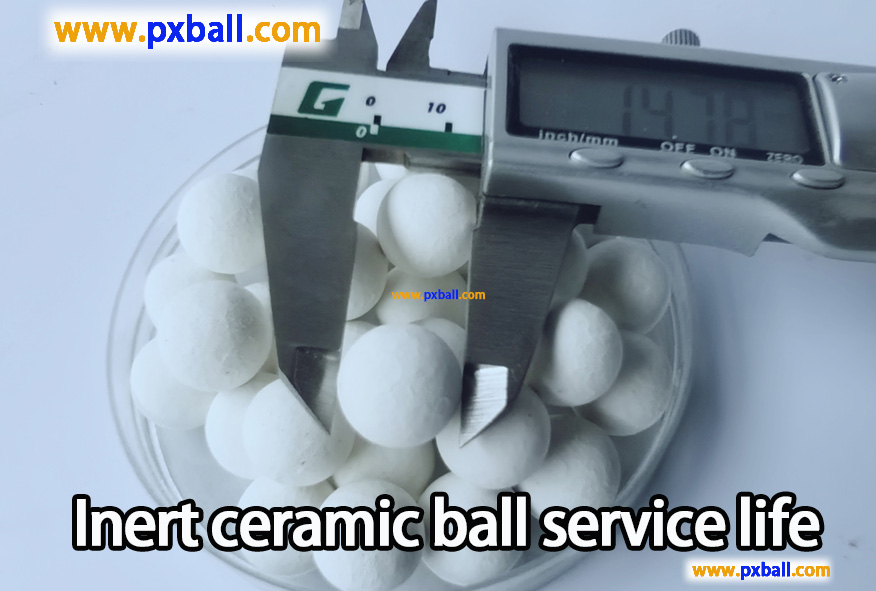
Inert ceramic ball service life
The service life of the inert ceramic ball is divided into the inert ceramic ball itself and the external environmental reasons, the inert ceramic ball itself has the temperature resistance, strength, chemical stability of the porcelain ball, etc., and the external environmental factors are mainly the temperature, pressure, medium corrosion strength and so on.
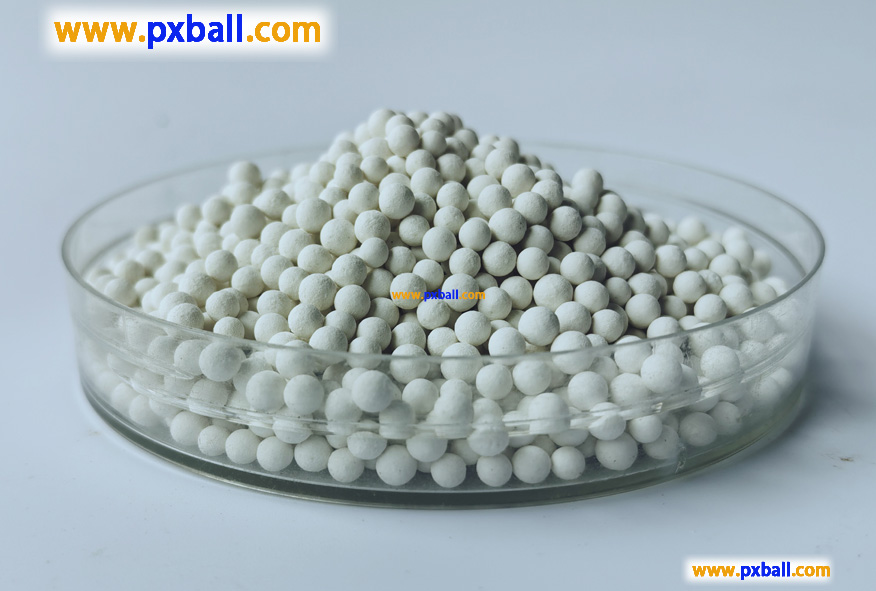
Pressure: The high pressure environment increases the mechanical stress of the ceramic ball, if the pressure exceeds the design range, the ball is easily broken and deformed, like in the petrochemical high pressure hydrogenation unit, frequent high pressure impact will make the inert ceramic ball in 1-3 years there is obvious damage, need to be replaced.
Medium corrosion: When in contact with corrosive media such as strong acid and alkali, although the inert ceramic ball has a certain corrosion resistance, the surface will still be eroded over time, resulting in a reduction in the strength of the ball and a change in the pore structure, in the hydrometallurgical process with moderately corrosive media, the performance will decline significantly in about 2-5 years.
Particle hardness: If the material that flows through the inert ceramic ball has high particle hardness, in the process of continuous friction and collision, the surface wear of the ceramic ball is intensified, such as the coarse particle material treatment process after the ore grinding, the surface of the ceramic ball will be covered with scratches within a few months, the roughness will rise, affecting the subsequent filtration and adsorption effect.
Dust concentration: High dust concentration means that more solid particles are in contact with the ceramic ball, increasing the wear probability and rate, and the inert ceramic ball in the front of the flue gas purification of the high dust industrial kiln may fail in 1-2 years due to excessive wear. - ** own quality
Raw material purity: inert ceramic balls made of high purity raw materials, less impurities, more regular crystal structure, high strength and stability, long service life; On the contrary, the ceramic ball of low purity raw materials is congenital deficiency, and problems such as cracking may occur soon after use, and the life of good quality products can be 3-5 years longer than that of poor quality products.
Sintering temperature: The appropriate sintering temperature can make the ceramic particles tightly bonded to form a strong structure. If the sintering temperature is too low, the internal pores of the ceramics are too many, and the strength and wear resistance are reduced. Too high may lead to deformation or cracking, affecting the service life.
Ambient temperature: It can be used within the temperature range that it can withstand to ensure stable performance and extend life. If the ordinary inert ceramic ball is used in ultra-high temperature or ultra-low temperature environment for a long time, there will be thermal stress damage, embrittlement and other problems, reducing the service life; The high temperature resistant inert ceramic ball will have a relatively long service life in a high temperature environment.
Ph: In addition to hydrofluoric acid, inert ceramic balls are generally resistant to the corrosion of most inorganic acids, organic acids and various organic solvents, but long-term contact with corrosive substances such as strong acids and alkalis will gradually be corroded, reducing strength and damaging structure.
Fluid scour: In equipment with fluid flow, the flow rate, direction of flow and the particulate matter contained in the fluid affect the life of the inert ceramic ball. The surface of ceramic ball is seriously eroded and worn by the high-speed flow of particle containing fluid, which will gradually lose its sphericity and surface finish and affect its performance.
Loading method: If improper operation during loading, the ceramic ball will be affected by mechanical damage such as impact and extrusion, resulting in cracks and other defects, reducing strength and service life; Uneven filling can also lead to local stress concentration and accelerate the damage of the ceramic ball.
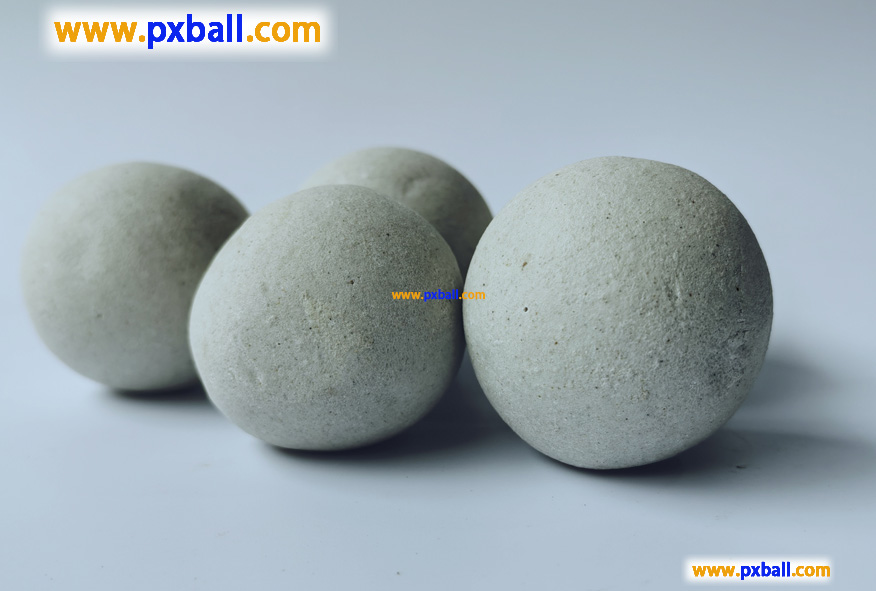
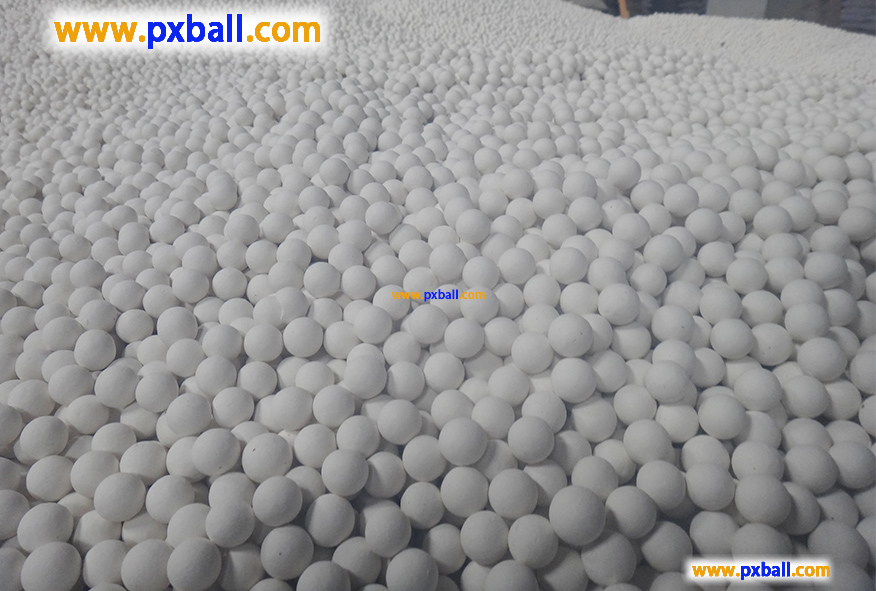
Catalyst Inert Ceramic Packing Process
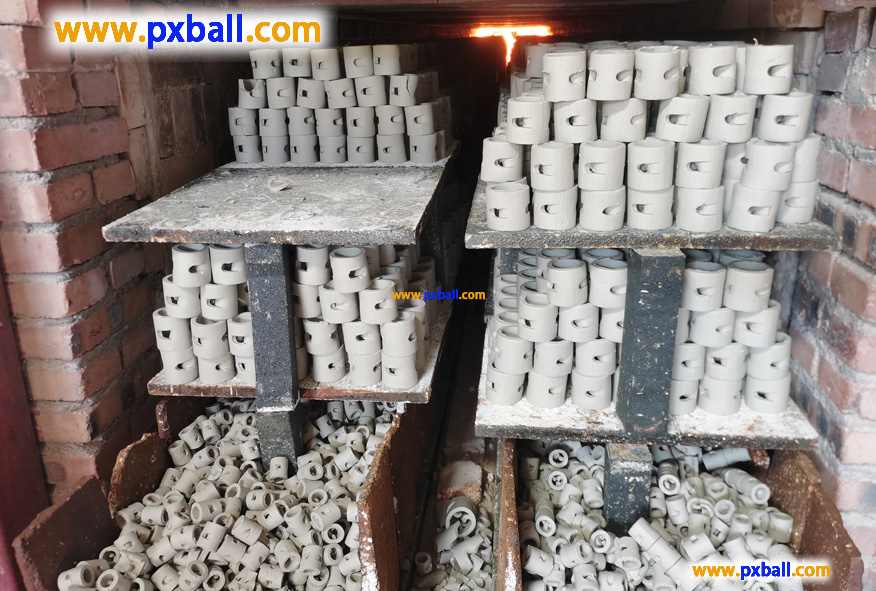
Is ceramic an inert waste?
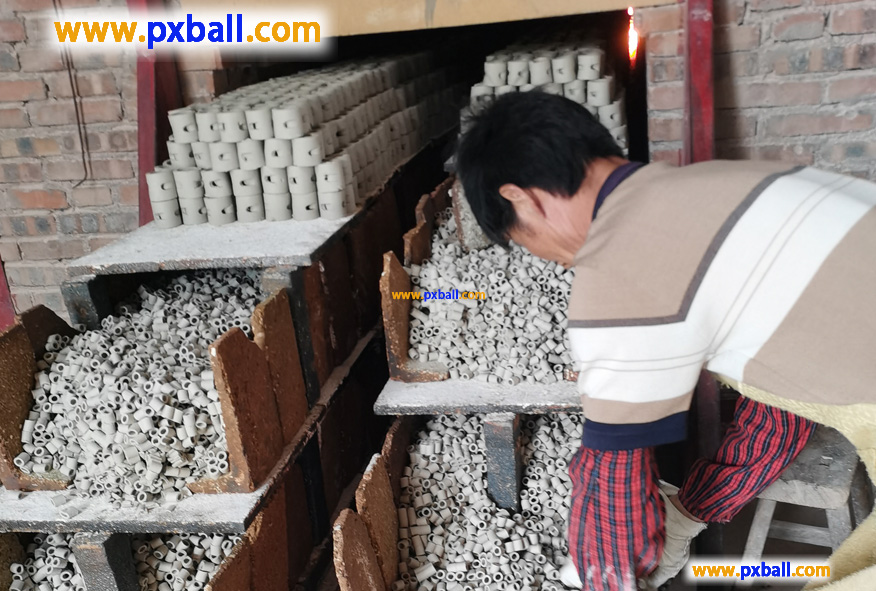
Are ceramics chemically inert?
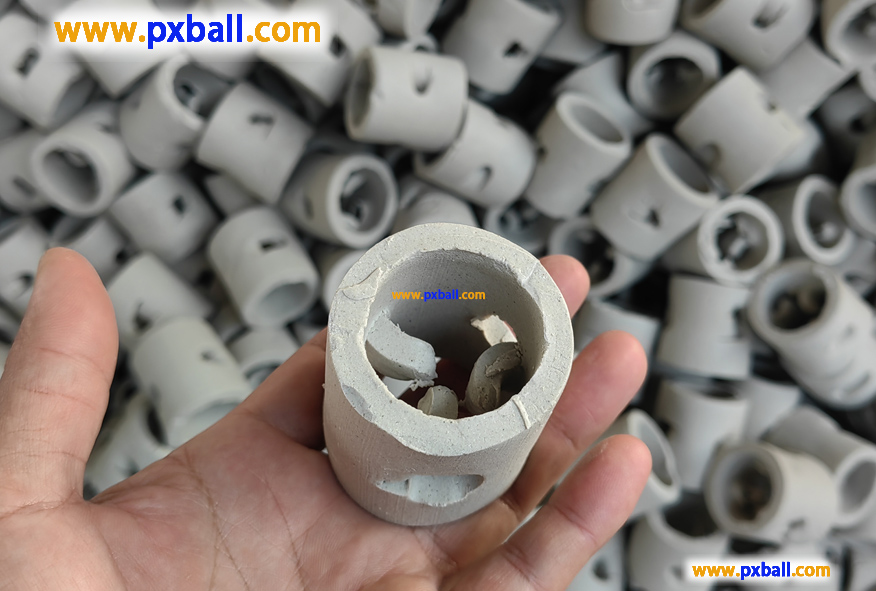
What is inert ceramics?
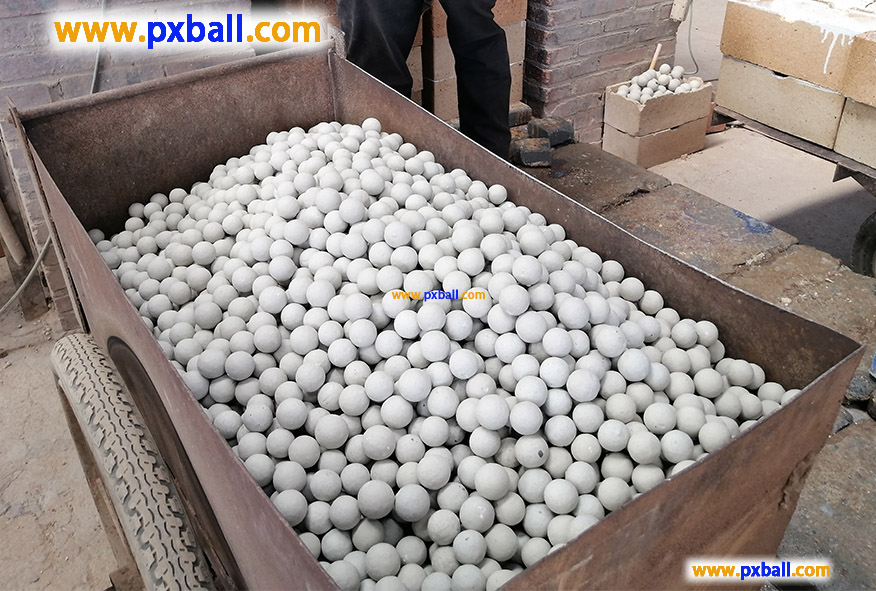
inert alumina ceramic ball density

Why do inert ceramic balls emphasize the level of aluminium content?
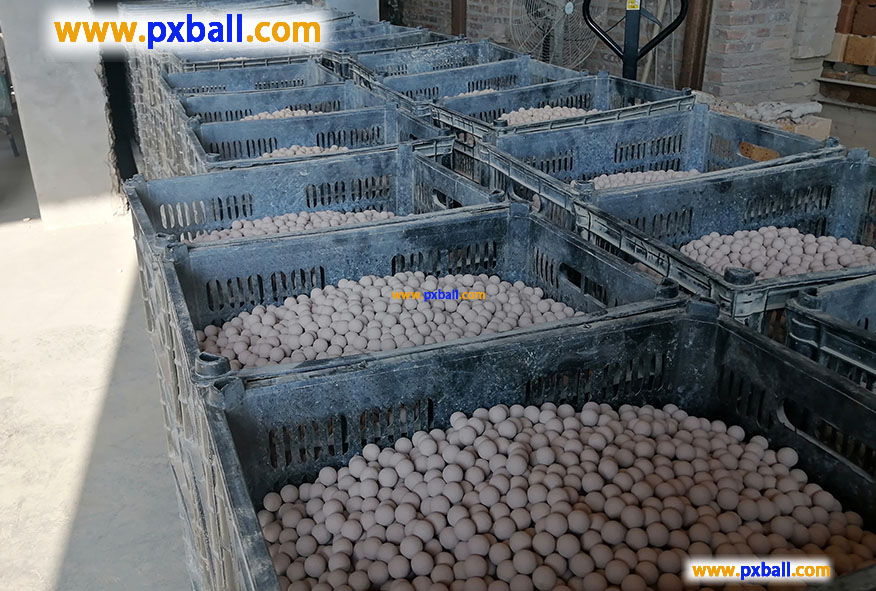
What are alumina ceramic balls used for?
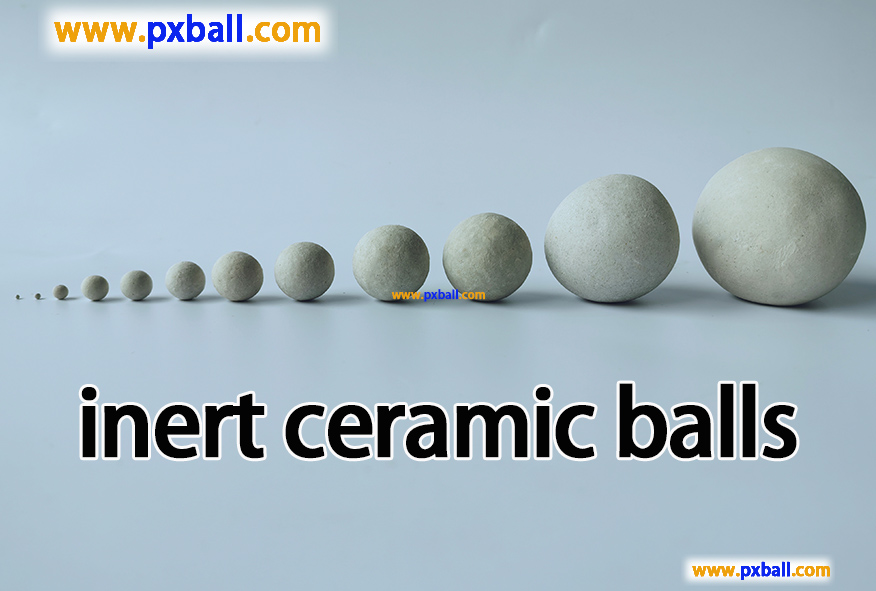
What is inert ceramic ball?